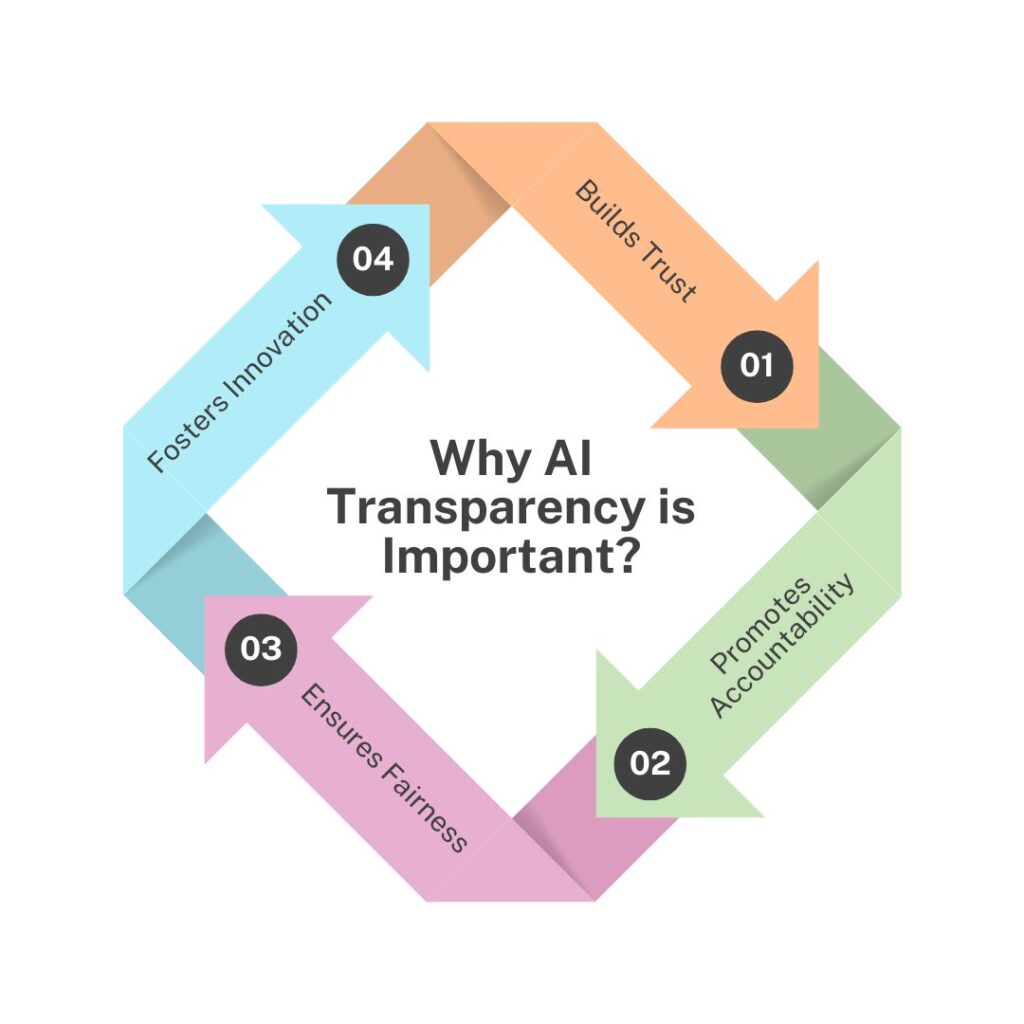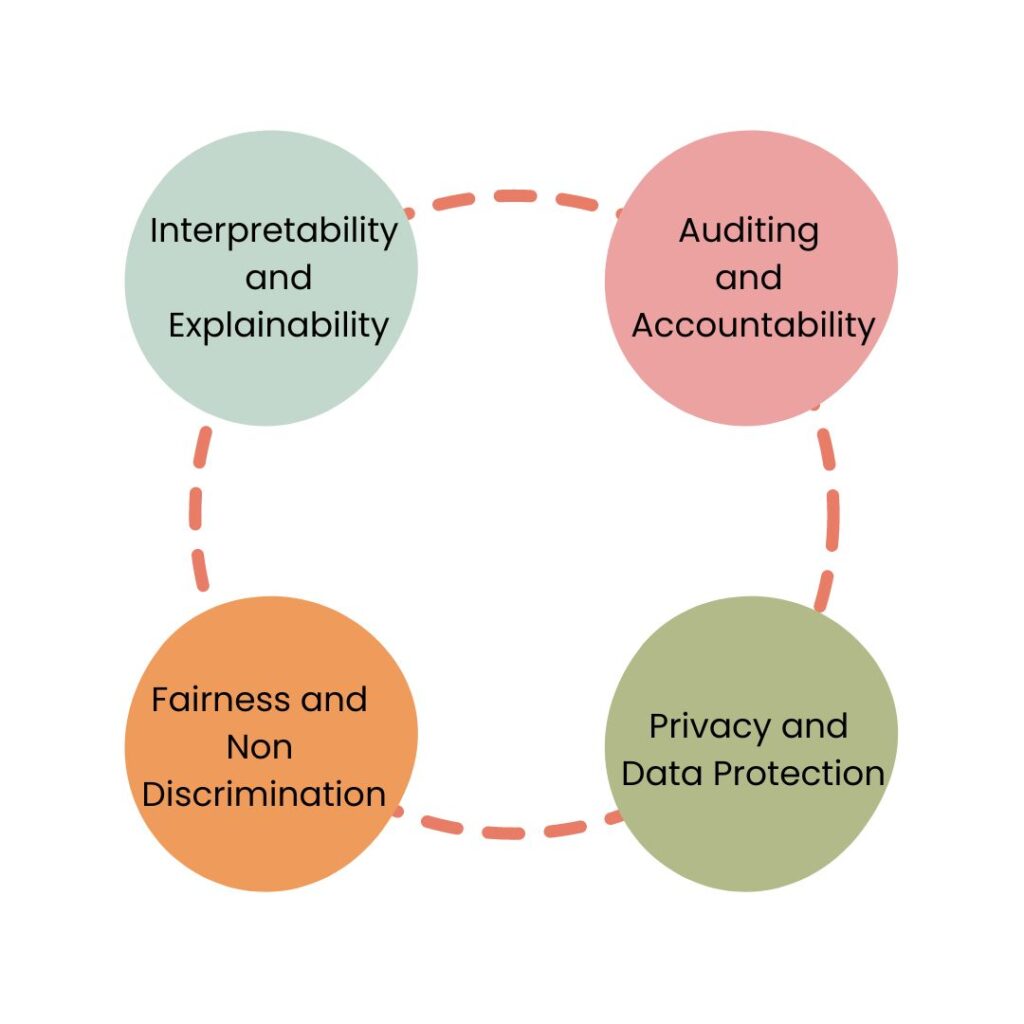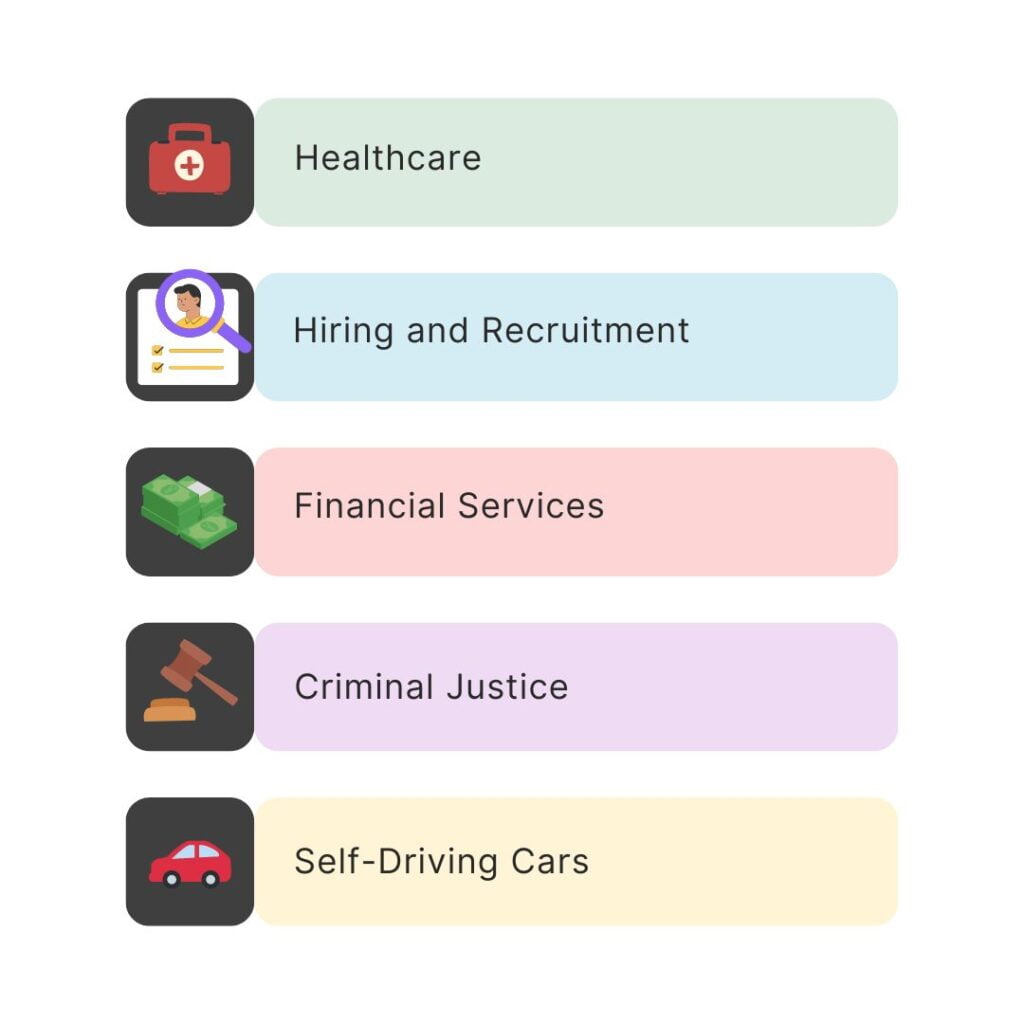Artificial Intelligence (AI) is transforming the way we live and work. As AI systems become more advanced and prevalent, the need for AI transparency is gaining importance.
AI transparency means being open and clear about how AI systems work, the data they use, and the decisions they make. It’s crucial because AI systems can significantly impact our lives, and we need to understand and trust them.
In this blog, we will explore what AI transparency is and why AI transparency is important. Let’s get started!
Table of Contents
- What is AI Transparency?
- Why is AI Transparency Important?
- Key Principles of AI Transparency
- Benefits of AI Transparency
- Real-World Examples of AI Transparency
- Challenges in Achieving AI Transparency
- Conclusion
What is AI Transparency?

AI transparency means making AI systems understandable and open. It involves clearly explaining how an AI system works, what data it uses, and how it makes decisions.
A transparent AI system allows us to see the reasoning behind its outputs. This is important because AI can impact many areas of our lives, like job hiring, loan approvals, and medical diagnoses.
With transparency, we can trust that the AI is working properly and not being unfair or biased.
Why is AI Transparency Important?

As AI technology is improving and evolving very fast there are some reasons why AI transparency is important. Below are some reasons AI transparency is important:
1. Builds Trust
- When we understand how an AI system works, we can trust its decisions
- This is crucial when AI impacts areas like healthcare, finance, criminal justice
2. Promotes Accountability
- If an AI makes a mistake or shows bias, transparency allows us to identify and fix the issue
- Without transparency, it’s hard to know why an AI acted a certain way
3. Ensures Fairness
- Opaque “black box” AI could potentially discriminate against groups unknowingly
- Transparency lets us check for unfair biases and make sure AI treats everyone fairly
4. Fosters Innovation
- When AI developers openly share their work, others can learn and build upon it
- This open collaboration drives faster progress in AI
In short, AI transparency leads to trustworthy, accountable, fair, and innovative AI systems that benefit society. That’s why it’s vital as AI becomes more widespread in our lives.
Key Principles of AI Transparency

Here are some key principles of AI transparency:
1. Interpretability and Explainability
- AI systems should be able to explain their decisions in a way humans can understand
- This allows us to comprehend how the AI arrived at its outputs
2. Auditing and Accountability
- There should be a process to audit and inspect AI systems for errors or biases
- This ensures the AI is held accountable for its actions
3. Privacy and Data Protection
- AI transparency must respect individual privacy and data protection laws
- The data used to train AI models should be obtained ethically
4. Fairness and Non-Discrimination
- AI systems need to be checked for unfair biases against certain groups
- Transparency enables identifying and mitigating these discriminatory issues
Following these key principles makes AI transparent. It builds trust, accountability, ethical practices, and fairness in developing and using AI technologies.
Benefits of AI Transparency

There are so many benefits of AI transparency, below are some important benefits of it:
1. Builds Public Trust
- When people understand how AI works, they are more likely to trust and accept it
- Transparency removes the perception of AI as a “black box“
2. Enables Better Decision-Making
- By being transparent, we can evaluate if an AI system is making reliable decisions
- This allows us to confidently rely on AI outputs in critical situations
3. Promotes Ethical AI Development
- Transparency encourages AI developers to prioritize ethical practices
- It reduces the risks of accidental bias, discrimination, or privacy violations
4. Fosters Accountability
- With transparency, we can trace decisions back to their source
- This accountability prevents misuse and irresponsible actions involving AI
5. Drives Continuous Improvement
- Openness allows experts to review AI systems and suggest improvements
- It accelerates progress by learning from mistakes and best practices
Overall, AI transparency provides numerous benefits to individuals, organizations, and society. It cultivates trust, responsibility, and ethical practices in the development and deployment of AI technologies.
Real-World Examples of AI Transparency

Here are some real-world examples of AI transparency:
1. Healthcare
- AI systems used for disease diagnosis or treatment planning should explain their reasoning
- This allows doctors to understand and verify the AI’s recommendations
2. Hiring and Recruitment
- Companies using AI for resume screening or candidate evaluation must be transparent
- They should clearly disclose what data the AI uses and how it makes decisions
3. Financial Services
- Banks and lenders employing AI for loan approvals or investment advice need transparency
- Customers deserve to know the factors behind an AI system’s financial decisions
4. Criminal Justice
- If AI is used for predictive policing or risk assessment, it must be auditable
- Transparency ensures the AI does not discriminate based on race, gender, or other biases
5. Self-Driving Cars
- Autonomous vehicle AI should have explainable decision-making processes
- In case of accidents or errors, transparency aids investigations and accountability
These examples highlight how AI transparency is becoming essential across various real-world applications. It builds trust, ensures fairness, and enables proper oversight of AI systems that impact our lives.
Challenges in Achieving AI Transparency
Achieving true AI transparency faces several key challenges. Firstly, many AI systems are extremely complex, making their decision-making processes difficult to interpret and explain simply. Additionally, companies may be hesitant to disclose details about their AI due to proprietary concerns and trade secrets.
There is also a lack of universally accepted standards or regulations specifically for AI transparency, hindering consistent implementation across organizations. Interpreting complex AI requires specialized expertise, which is currently in short supply.
Lastly, there is an ongoing challenge in balancing transparency with individual privacy and data protection laws. Achieving full transparency could potentially compromise sensitive personal data.
Despite these obstacles, AI transparency remains crucial for fostering trust and responsible AI development. Overcoming these challenges through collaborative efforts, regulatory frameworks, research, and nurturing AI expertise is vital.
Conclusion
In conclusion, as AI continues to impact our lives, transparency is essential for building trust and confidence in these systems. By embracing openness, interpretability, and accountability, we can ensure AI is developed and deployed responsibly and ethically. It is crucial for individuals, organizations, and policymakers to prioritize and promote AI transparency for the collective benefit of society.


2 thoughts on “Understanding AI Transparency and Its Importance”